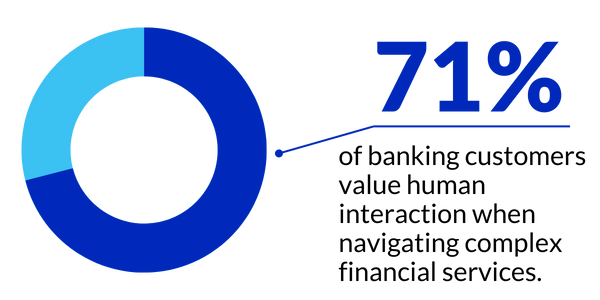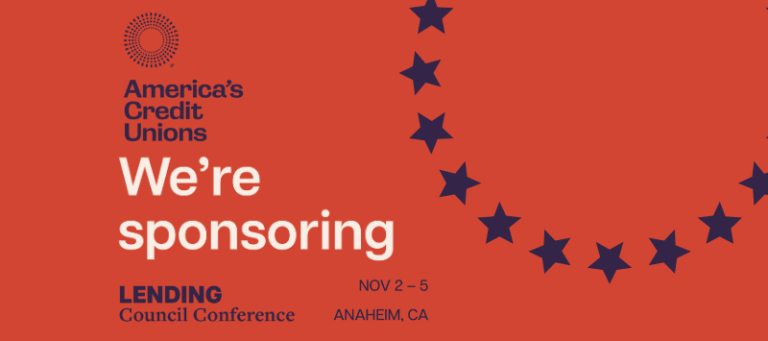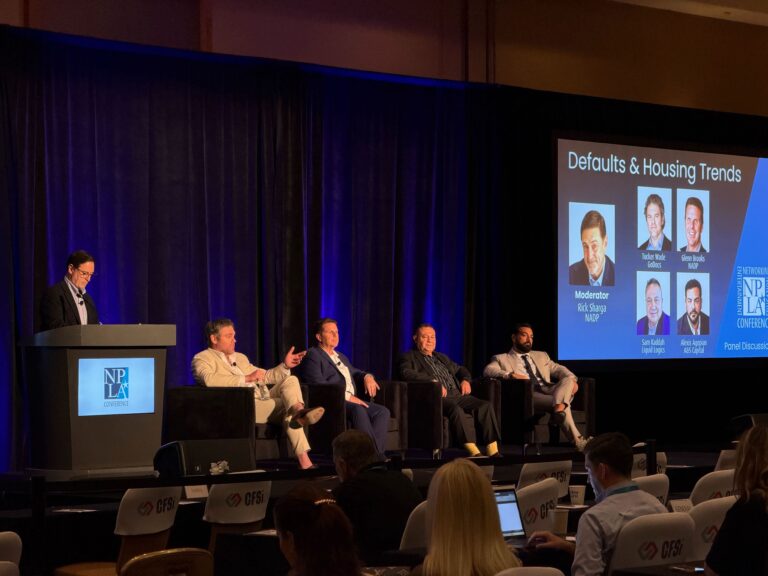Think formal disclosures—those notices about loan terms, fees, and borrower rights—are just for residential (consumer) loans? It’s a common assumption in commercial lending. While residential lending operates under strict disclosure mandates of laws like the Truth in Lending Act (TILA) and the Real Estate Settlement Procedures Act (RESPA), commercial lending is different. But that doesn’t mean disclosures disappear entirely for commercial loans. Ignoring them isn’t just an oversight; it’s a significant risk.
So, when are disclosures required in commercial loan documents, and what happens if they’re overlooked? Let’s break it down.
Why Disclosures Still Matter in Commercial Lending
Commercial loans, typically extended to businesses and investors, are exempt from many consumer protection laws. However, disclosures remain vital in the commercial space for key reasons:
- Compliance with Specific Regulations: While fewer laws require disclosures for purely commercial loans compared to residential ones, certain federal and state laws do still apply. What’s required often depends on the borrower, loan structure, collateral type, property use, and jurisdiction.
- Transparency and Risk Mitigation: Clear, upfront disclosures help prevent misunderstandings and future disputes. Transparency builds trust and creates a clear record of what was agreed upon, protecting both the lender and the borrower.
Key Federal Regulations Impacting Commercial Loans
Even without TILA and RESPA dominating, other federal laws demand attention. Two prominent examples include:
- Equal Credit Opportunity Act (ECOA) / Regulation B: The ECOA prohibits discrimination in any credit transaction based on race, color, religion, national origin, sex, marital status, or age. For commercial lenders, this means providing specific notices (like adverse action notices if credit is denied) and ensuring documentation, such as spousal consents related to a spouse’s interest in the collateral property securing the loan, aligns precisely with ECOA standards to avoid discrimination claims and potential challenges.
- Flood Disaster Protection Act (FDPA): If the commercial property securing the loan is in a Special Flood Hazard Area (SFHA), federal law requires lenders notify borrowers about flood hazards and any requirements for flood insurance.
Specific Scenarios Triggering Commercial Disclosures
Beyond these federal examples, disclosures are often essential in situations like:
- Loans Secured by Residential Property (Even for Business Purposes): When a business loan is secured by a 1-4 unit residential property (potentially including owner-occupied mixed-use property), consumer protection laws like TILA might still be triggered. Lenders must carefully evaluate these “cross-over” scenarios based on specific circumstances and state laws.
- State-Specific Commercial Financing Disclosure Laws (CFDLs): Recognizing a perceived need for greater transparency, several states (notably pioneers California and New York) have enacted laws requiring specific, often TILA-like (“consumer-style”), disclosures for certain commercial financing transactions, with other states following suit or considering similar legislation. These laws typically target smaller businesses or financing amounts and cover various forms of financing beyond traditional loans. While varying by state, the required disclosures commonly focus on key cost metrics like Annual Percentage Rate (APR), finance charges, total repayment amount, fees, payment terms, and prepayment premiums. This growing trend significantly increases the complexity of compliance for lenders operating across multiple states. Lenders whose transactions fall within the scope of these laws must ensure strict compliance.
- Clear Disclosure of Key Financial Terms: While not always mandated by a specific form of disclosure, clearly disclosing critical financial components within the loan agreement or promissory note itself is essential for enforceability and to prevent disputes. This may include:
- Interest Rates: Clearly define the rate type (fixed vs. variable) and how they are calculated.
- Fees: Itemize all significant fees (e.g., origination, servicing, late fees).
- Balloon Payments: Explicitly disclose any large lump-sum payment due at maturity.
- Prepayment Premiums & Yield Maintenance: Clearly define any penalties or calculations for early repayment.
- Environmental Disclosures: For loans secured by commercial real estate, disclosures related to environmental conditions are standard practice. Borrowers often acknowledge awareness of the presence (or absence) of hazardous materials, past environmental assessments, or ongoing remediation responsibilities. These disclosures help allocate liability and protect lenders.
The High Stakes of Overlooking Disclosures
Failing to include necessary or prudent disclosures in commercial loan documents can lead to serious consequences:
- Regulatory Non-Compliance: In cases where disclosures are legally required (federal or state), omitting them can result in fines, regulatory actions, sanctions, or even challenges to the loan’s enforceability.
- Costly Legal Disputes: Ambiguous or undisclosed terms (especially regarding fees or prepayment premiums) are fertile ground for borrower lawsuits, leading to costly litigation.
- Loss of Loan Guarantees: For government-backed loans like those from the Small Business Administration (SBA), failure to adhere to all program requirements, including disclosures, can cause the SBA to deny its loan guarantee, shifting significant risk back onto the lender.
- Reputational Damage: Lack of transparency erodes trust. Not providing clear disclosures can harm relationships with borrowers, investors, and the broader market.
How GoDocs Ensures Proper Disclosure Compliance
Navigating the patchwork of federal, state, and situational disclosure requirements in commercial lending is complex. That’s why lenders need a reliable document generation platform to ensure compliance, without manual effort or compliance headaches.
GoDocs is designed specifically for commercial lending, automating the disclosures typically required at closing based on loan type, collateral, borrower entity, and jurisdiction.
With GoDocs, lenders can:
- Generate compliant, attorney-level closing documents automatically.
- Reduce risk and streamline lending with a reliable platform, prioritizing compliance, accuracy, and clarity.
Final Thoughts
While commercial lending has fewer standardized disclosures than consumer lending, careful attention to necessary disclosures is non-negotiable. By understanding when federal laws, state statutes, or specific transaction rules apply, and ensuring these are met clearly and accurately, lenders can protect themselves from significant legal, financial, and reputational risks.
Leveraging a commercial-specific document generation tool like GoDocs provides peace of mind, ensuring required closing disclosures are handled correctly every time, reducing risk and safeguarding lender interests.
Ready to ensure your commercial loan documents include the right closing disclosures every time? Learn more about GoDocs and how we simplify commercial lending compliance.
Chief Legal Officer








